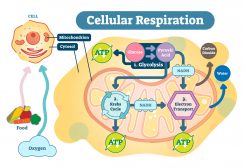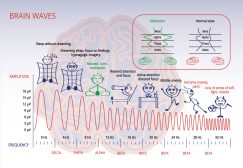Definition
noun
(genetics) Gregor Mendel‘s law stating that the unit factors are brought together and paired during union or fertilization; however, these unit factors do not affect or mix with each other though they have become paired.
Supplement
Breeding and testing about 5,000 pea plants, he was able to come up with crucial generalizations that were later on used as founding principles of the Mendelian inheritance or Mendel’s Principles of Heredity. The so-called “Mendel’s laws of inheritance” came about based on the set of principles of Gregor Mendel. These laws are the Law of Segregation, the Law of Independent Assortment, the Law of Dominance, and the Law of Unit Characters.
Unit factors from maternal and paternal gametes combine together and pair during the union of gametes (fertilization). However, the bringing together and pairing of these unit factors do not eventuate to their blending, altering, or mixing. They remain pure in a way that they remain as distinct entities within the somatic cells of the offspring. When the offspring does form its own gametes, the members of the paired unit factors would separate or segregate. Hence, this law is also referred to as Law of Segregation. Mendel further assumes that each of them assort independently into the newly formed gametes.
Synonym:
See also:







